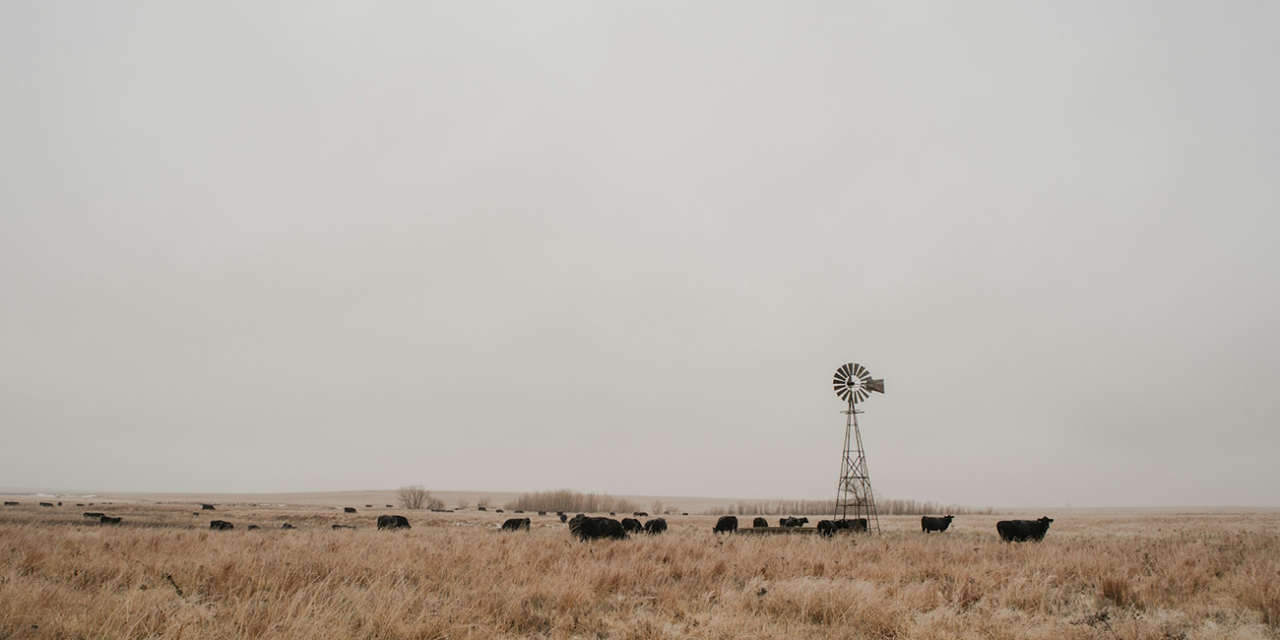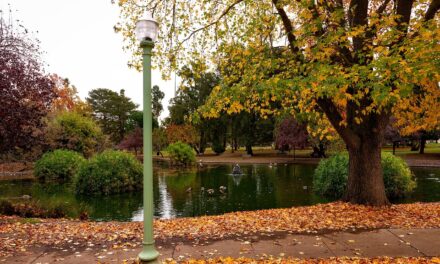Kansas, known as the “Sunflower State,” boasts a rich and diverse history.
From its early Native American inhabitants to its role in shaping America’s agricultural and industrial landscapes, Kansas has a story worth exploring.
Table of Contents
Early History and Native American Tribes
Indigenous Inhabitants
Kansas was the home of many Native American indigenous tribes long before European settlers arrived.
The Kansa (or Kaw), Osage, Pawnee, and Cheyenne tribes are prominent groups in the region.
The Kansa Tribe:
- Lifestyle: The Kansa were semi-nomadic, relying on both agriculture and hunting.
- Territory: They lived along the Kansas River, which is named after them.
- Culture: Known for their earth-lodge villages and skilled craftsmanship.
European Exploration and Settlement
Spanish and French Exploration
Early European Influence:
- 1541: Spanish explorer Francisco Vásquez de Coronado came into the area in search of the mythical city of gold, Quivira.
- 17th Century: French fur traders established trading relationships with Native American tribes.
Louisiana Purchase
In 1803, Kansas became part of the United States through the Louisiana Purchase. This huge land grab doubled the size of the United States and opened the region to American exploration and settlement.
Lewis and Clark Expedition:
- 1804: The famous explorers traveled through the northeastern part of present-day Kansas, mapping the area and establishing relations with indigenous tribes.
Territorial Days and Bleeding Kansas
Kansas-Nebraska Act
The Kansas-Nebraska Act of 1854 was what established and created the territories of Kansas and Nebraska, allowing settlers to determine whether they would allow slavery through popular sovereignty.
Bleeding Kansas:
- Conflict: The act led to violent clashes between pro-slavery and anti-slavery settlers, a period known as “Bleeding Kansas.”
- Significant Figures: Abolitionist John Brown was a key figure in the anti-slavery movement in Kansas.
Statehood
1861: Kansas was allowed into the Union as the 34th state. It entered as a free state, firmly opposed to slavery.
Civil War and Reconstruction
Civil War Contribution
Kansas played a crucial role during the Civil War, with many of its residents supporting the Union cause. The state’s strategic location made it a significant battleground for skirmishes and raids.
Quantrill’s Raid:
- 1863: Confederate guerrilla William Quantrill led a raid on Lawrence, Kansas, resulting in a massacre of civilian men and boys.
Post-War Development
Railroads:
- Expansion: The completion and finishing of the Transcontinental Railroad and subsequent rail lines facilitated Kansas’s growth and connected it to major markets.
- Cattle Drives: Railroads enabled cattle drives from Texas to railheads in Kansas, leading to the rise of cowtowns like Abilene and Dodge City.
Agricultural and Industrial Growth
Agricultural Boom
Kansas’s fertile plains made it an agricultural powerhouse for wheat and corn production.
The state became known as the “breadbasket of the world.”
Homestead Act:
- 1862: The act encouraged westward expansion by offering settlers 160 acres of public land in exchange for a small fee and five years of continuous residence.
Industrialization
Kansas experienced significant industrial growth in the late 19th and early 20th centuries. The discovery of great natural resources such as oil and gas spurred economic development.
Modern Era
20th Century Developments
Kansas continued to grow and diversify its economy throughout the 20th century. Key industries included aviation, manufacturing, and agriculture.
Dust Bowl:
- 1930s: The Great Depression and severe drought led to the Dust Bowl, which devastated Kansas’s agricultural economy and prompted migration out of the state.
Present Day
Today, Kansas is known for its strong agricultural sector, vibrant cultural scene, and contributions to industries such as aerospace and bioscience.
Education and Research:
- Universities: The University of Kansas and Kansas State University are prominent institutions contributing to research and education.
Fun Things to Do in Kansas
Monument Rocks:
- These chalk formations are among the Eight Wonders of Kansas and offer a glimpse into the state’s geological history.
Tallgrass Prairie National Preserve:
- Explore the largest remaining expanse of tallgrass prairie in North America.
Cosmosphere:
- Located in Hutchinson, this space museum features artifacts from the space race and interactive exhibits.
Eisenhower Presidential Library:
- Visit the presidential library and museum of Dwight D. Eisenhower in Abilene.
Botanica, The Wichita Gardens:
- These beautifully maintained gardens in Wichita are perfect for a relaxing day out.
Q&A: Understanding Kansas
Q: How did Kansas get its name?
A: The name “Kansas” comes from the Kansa Native American tribe, who were the area’s early inhabitants. The name means “people of the south wind.”
Q: What is Kansas known for agriculturally?
A: Kansas is known for its wheat production, often referred to as the “wheat state.” It also produces significant amounts of corn, soybeans, and sorghum.
Q: What role did Kansas play in the abolitionist movement?
A: Kansas was a focal point for the anti-slavery movement, particularly during the Bleeding Kansas period. The state’s admission to the Union as a free state was a significant victory for abolitionists.
Q: What are some famous landmarks in Kansas?
A: Notable landmarks include the Keeper of the Plains in Wichita, the Amelia Earhart Birthplace Museum in Atchison, and the Kansas State Capitol in Topeka.
Q: How has Kansas contributed to aviation?
A: Kansas, particularly Wichita, is known as the “Air Capital of the World” due to its significant contributions to aircraft manufacturing and aviation innovation.
The Future of Kansas
Kansas continues to evolve, balancing its rich agricultural heritage with modern technological advancements.
As the state looks to the future, it remains committed to fostering innovation, supporting education, and preserving its unique cultural and historical legacy.
Whether through its bustling cities, expansive prairies, or close-knit communities like Clyde, Kansas exemplifies the enduring spirit and resilience of the American heartland.





